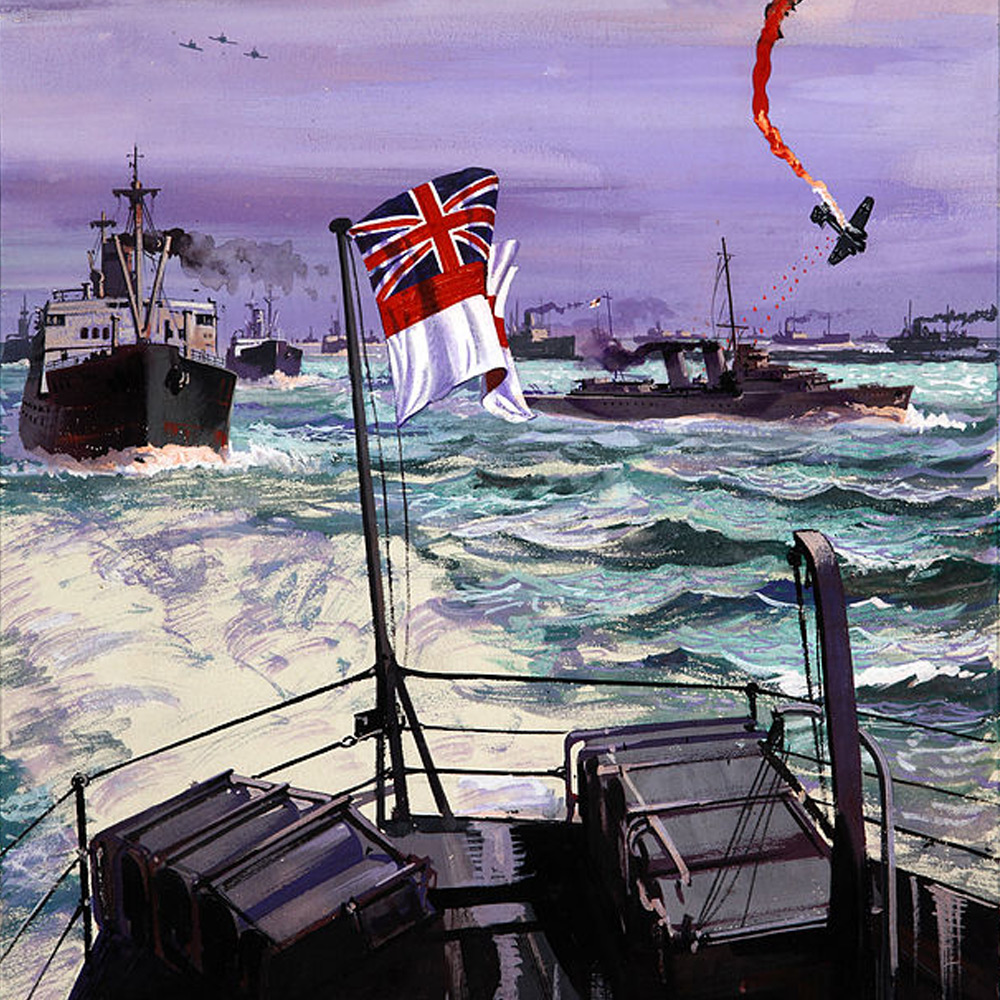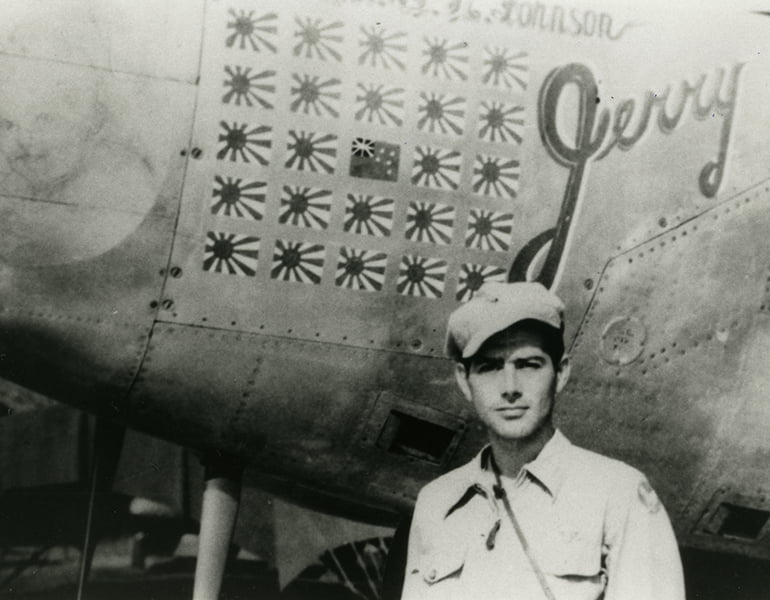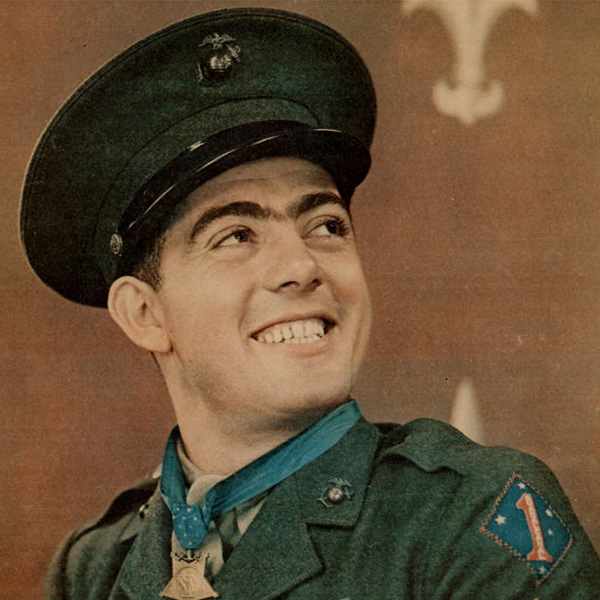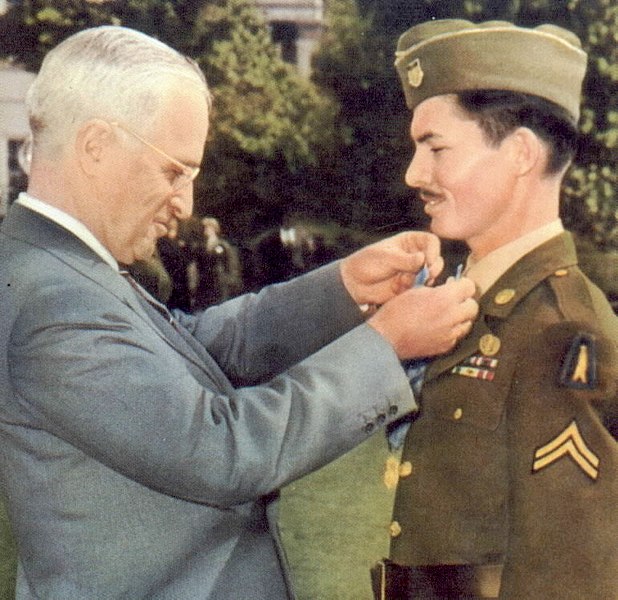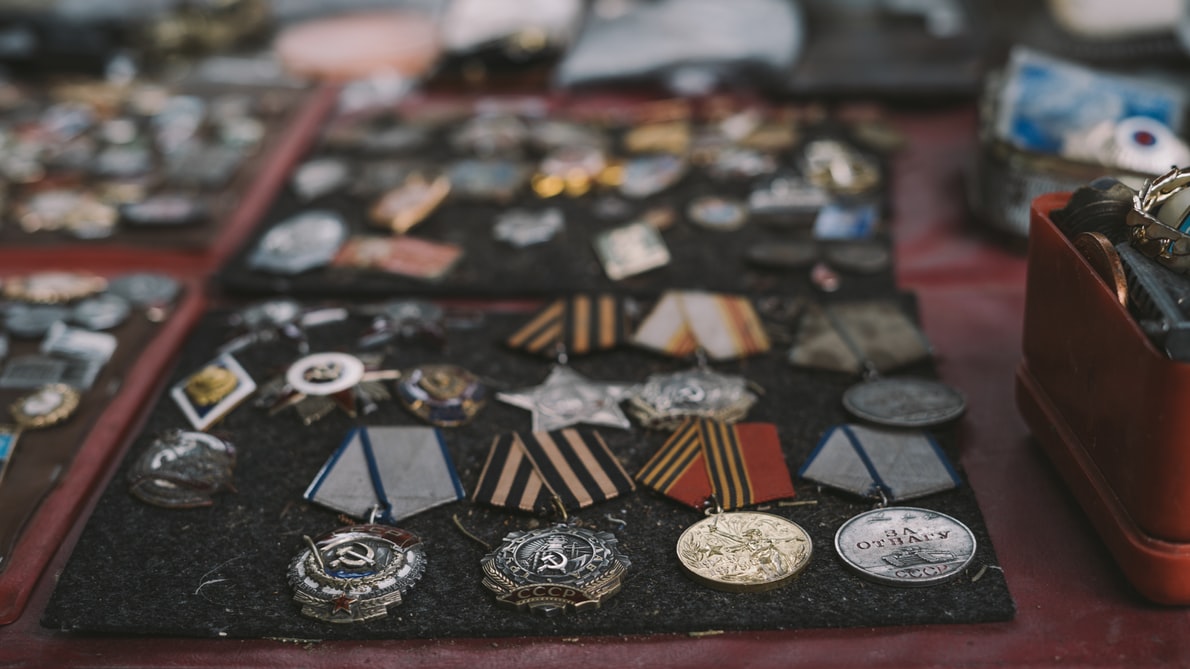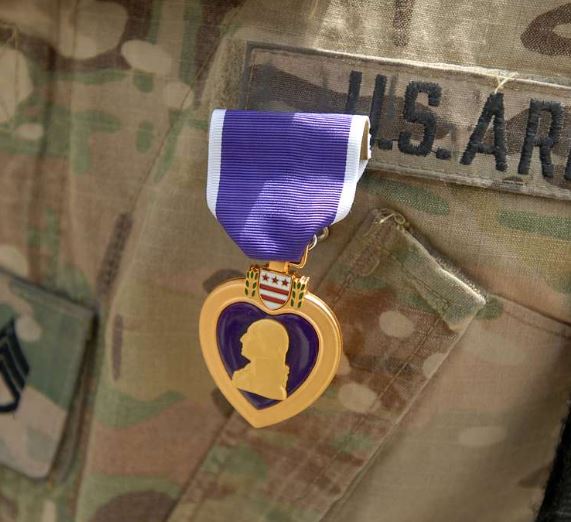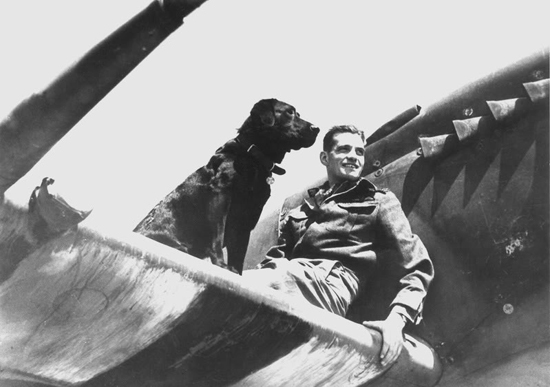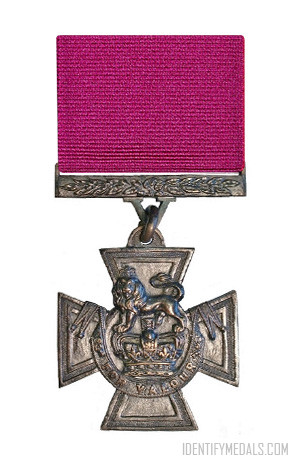This night of the 21st of June 1941, no one would have expected what followed. Well, some saw some signs that an enormous army was reaching the borders between Nazi Germany and the Soviet Union. The tsunami that ensued was one of the most ambitious attack ever created by any army in the history of Mankind.
In a few days, lacking any real orders nor information from the Stavka (Soviet high command of the Armed forces) or Stalin, most of the troops of the Red Army were wiped out. The equipment was captured or destroyed. It would take several months for the Red Army to recover from this hurricane, and they would only stop the Germans in the suburbs of Moscow.
Seeing a total disaster in the Eastern front and the possible collapse of the communist giant, America and Great Britain decided to help the Red Army, in an unusual way but in a way that could only help the soviets recovering. The lend-lease program thus started in august 1941, taking its part in saving the explosion of the Soviet Union.
Where did the Arctic convoys come from, and where did they arrive?
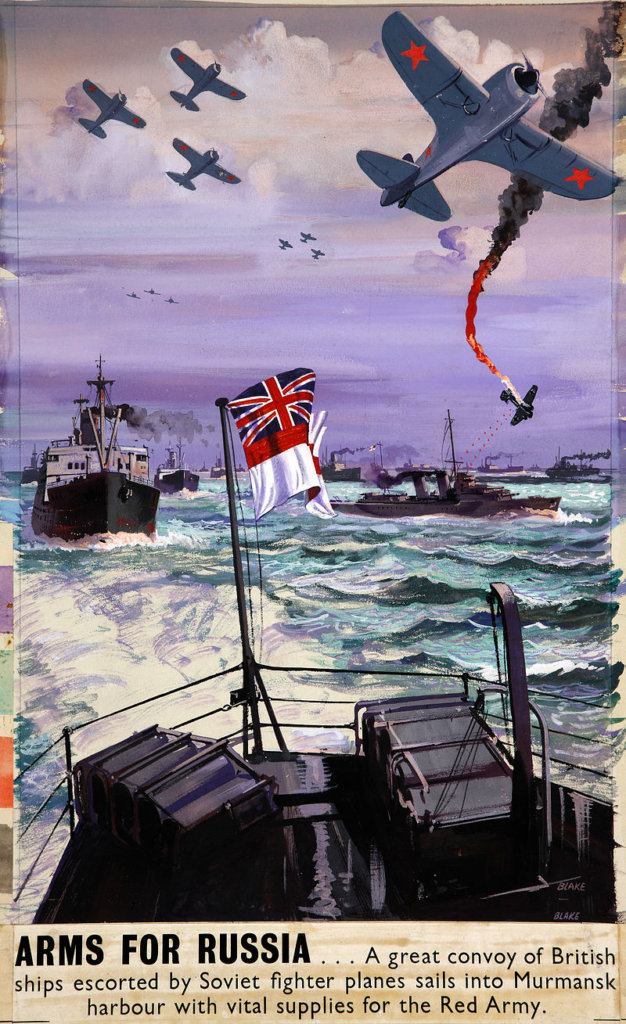
Escorted by the Royal Navy, the Royal Canadian Navy and the US Navy, the convoys sailed in the north Atlantic to a meeting point situated in Iceland and then sailed through the north, crossing the Norwegian sea as far away from the coast as possible, the tumultuous Barents Sea and arriving in Murmansk or Arkhangelsk deep in the coast of the White Sea.
During this journey, the vessels and their escorts would sneak between the icebergs of the Arctic Ocean and the German naval bases located in the fjords of the Norwegian coastline.
Besides the danger of icebergs and the minus 50 degree Celsius the sailors could face, the main trouble was the wolf packs of GroßAdmiral Dönitz. These packs were composed of several U-Boote and were hunting the vessels all year long. The submarines were not the only hunters in the paths of the convoys, as the Tirpitz and the Scharnhorst were also stationed in the fjords. As the Battle of the Atlantic was carrying on and with the slow death of the Kriegsmarine, these two Battleships had no real impact after 1942.
The destination of the convoys was not clear but the ideal target was Murmansk in the Kola peninsula. With the efficient rail network that covered the Soviet Union, it was the fastest stop to unload equipment and make it go across the country, until it reached front-line units.
Murmansk was at first a very dangerous stop for the convoys as Finland also joined the war against the USSR as a co-belligerent. One of the objectives of the Finns was to attack and cease Murmansk in case convoys would reach the Soviet Union. Operation ‘Silver Fox’ was a failure and the outnumbered and badly equipped Russians held Murmansk until the end of the war with Finland in 1944.
It would take around 10 to 15 days for the convoys to sail from their meeting point, either in Iceland or near the Orkney Islands, to Murmansk or Arkhangelsk.
Some may ask why the USA didn’t sail across the Northern Pacific to harbors like Vladivostok. The answer is quite obvious, since Japan declared war in late 1941. The Pacific Ocean was dangerous, not only because the Japanese Imperial Navy was hunting in the area, but also because in the Aleutian Islands, the Japanese did a ground landing and thus starting the only ground battle on American Soil.
Were the convoys that important for the USSR war economy?
We can always try and want to rewrite history, but the arctic convoys played a major role during the Great Patriotic War as the Russians call it nowadays. Some convoys were so stacked, it would take sometimes more than 6 months to unload their shipping in the soviet harbors. Tanks, aircraft, artillery, basic equipment like boots, trucks… The convoys unloaded more than 4 million tons of equipment into the arctic harbors!
Arguing about the necessity of the convoys is easy, knowing that all the Soviet war industries were displaced far away behind the Urals, but in 1941, when in the very first day of Operation Barbarossa, most of the Soviet air force was destroyed by the Blitzkrieg orchestrated by Nazi Germany, this equipment was more than necessary. It was vital.
The first English aircraft that set foot on Soviet territory was directly engaged in combat. Even “The Hurricanes” participated in the Battle for Moscow during winter 1941-1942, when the Soviet Union was on the brink of collapsing.

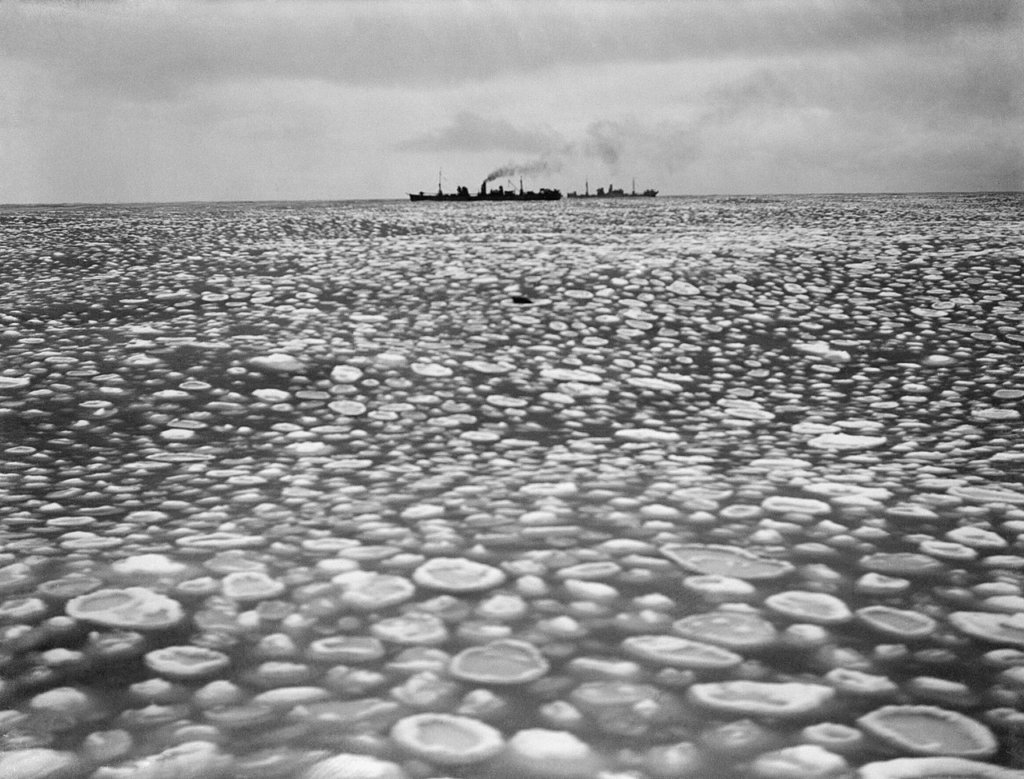
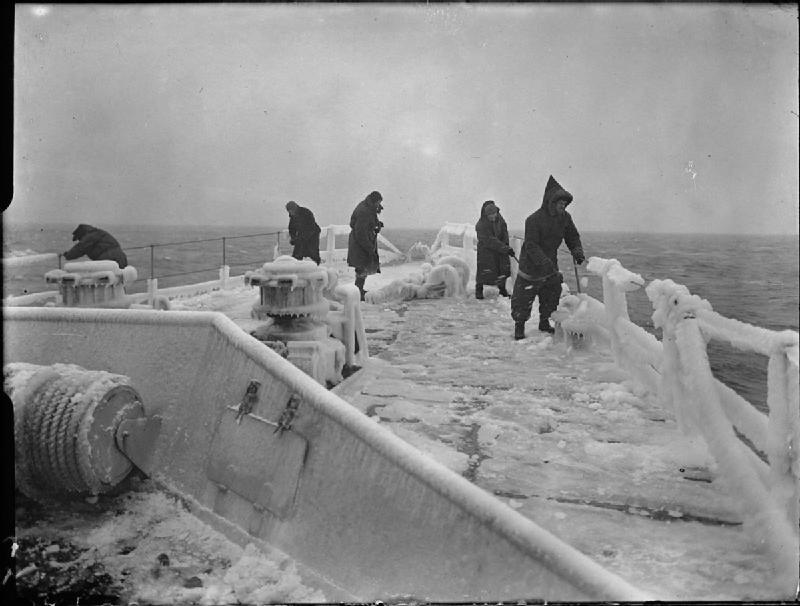
Why did the convoys play a Major role in the War?
The convoys played a major role in the war effort. Not only on the battlefield, even though the equipment provided by the UK and the USA was vital for the Soviet war effort, it wasn’t as vital as the diplomatic actions and trust it installed between the communist giant and the western democracies.
The convoys were vital for Stalin, but they were for Churchill as well. It showed that the West was prone to help the USSR before creating the “Second Front” in Western Europe in 1943 and 1944. Stalin was paranoiac but in the West was trying to help him, he knew he could trust the Allies and that they would not give up on him.
These sailors probably didn’t know it and some died without knowing it, but they played a major role in winning the War. They tried and succeeded to connect two different ideologies against a monstrosity only for the good to succeed in the end.As we look back, we must remember the sacrifice of these sailors, not because they did their job but because as FieldMarshal Mannerheim said : “Fortifications, artillery, foreign aid will be of no value, unless the ordinary soldier knows that it is HE guarding his Country.”
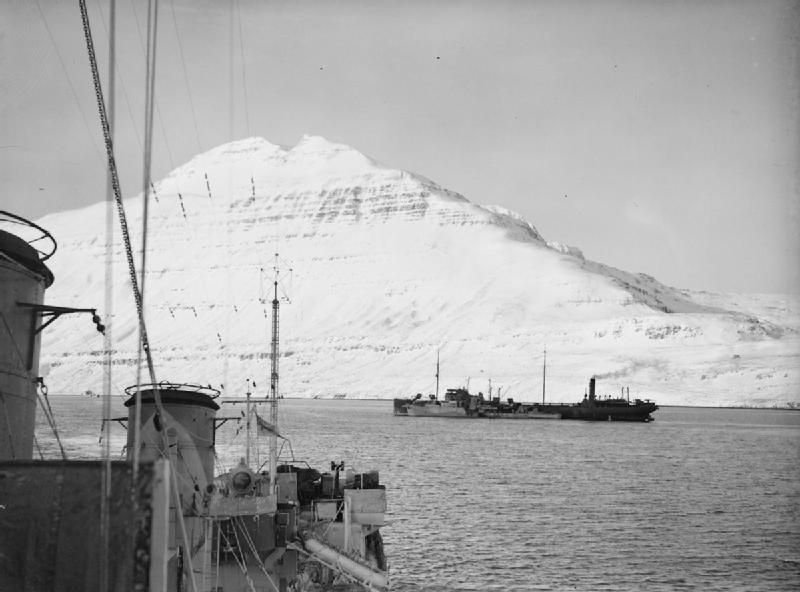
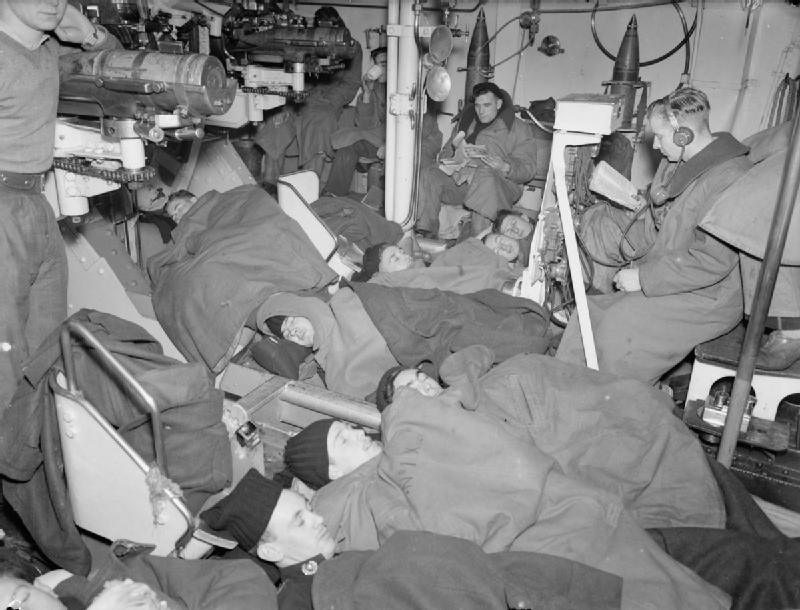
Sources:
- https://www.iwm.org.uk/history/a-5-minute-history-of-arctic-convoys
- https://www.rbth.com/longreads/arctic_convoys/
- https://en.wikipedia.org/wiki/Arctic_convoys_of_World_War_II
- Dönitz, Karl . The last Fuhrer. Peter Padfield.
Guest Contributor: Kjetil Vion is a writer and a history enthusiast. A passionate of France and modern military history, he has a special interest into the Prussian state, specially since the Sadowa battle against Austria. Always wanting to learn more, he now looks to spread his knowledge in history.

